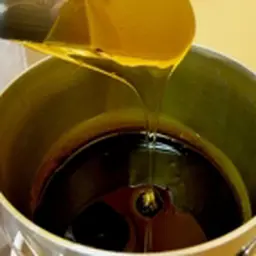
There are some types of kinds, some periods of the life, some age brackets … when our epidermis requires more cares, more specific, more focused on its peculiar needs. Dry and mature skins are among these special … but not that unusual cases. A guess is that chronic skin dryness is a worry for a large part of the population, with particularly high percentages under 10 and above 60, and, in the middle, especially for women. As for mature skins, … no other way than 100% people concerned … when ageing!
Beware; a dry skin and a mature skin are not similar. It is true that (let us write things as they are), when at a certain age, our epidermis combines both, often … but not always.
Dry skin: a description
A dry skin is nothing else than an organ that badly works. On the one hand, it loses water in excessive quantities; on the other hand, it does not produce enough sebum and other epidermis lipids. As a result: a dehydrated skin, poorly protected against aggressions from the outside, which mistreat it even more than other skins; it is in pain. Further, quite often, it is uncomfortable to its "owner".
It is thin, seems to be rough and coarse to the touch, with a scaly appearance. Fine lines appear on the face. It lightly blushes, but is often affected by rosacea. Skin is tight. It is free of spots and blackheads. Nevertheless, it releases flakes and it often peels. Chaps appear easily … Weather aggressions (cold, heat, sun rays, high altitude, sea air …), but also the way of life (air conditioning, central heating, smoky atmosphere, contacts with hard water …) and even diet intensify these troubles …
Note that …













